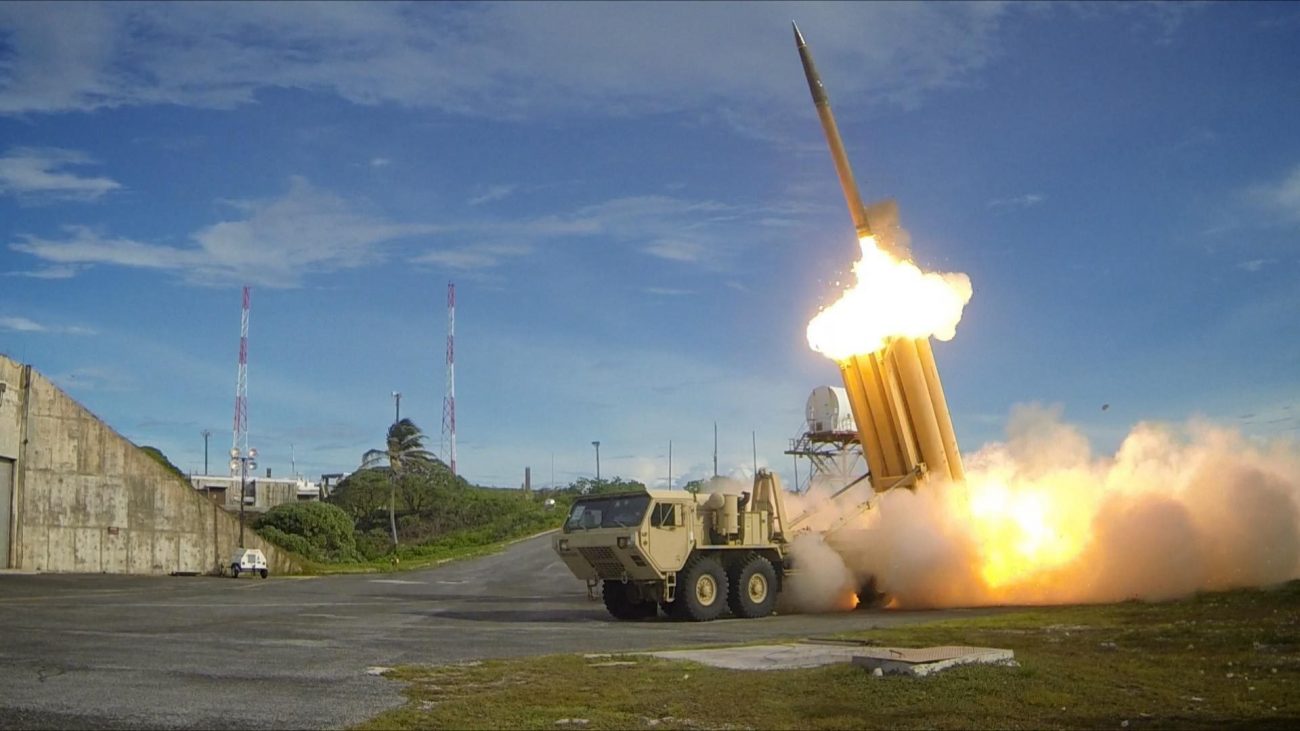DRDO’s development of the AD-1 interceptor will facilitate the fielding of a credible BMD (Ballistic Missile Defence) system and the deployment of a very capable IADS (Integrated Air Defence System).
The AD-1 missile is a component of the DRDO’s BMD Phase-2 system.
DRDO has already completed the development of BMD Phase-1, which provides defense against missiles with less than 2,000 km range, such as Pakistan’s Ghauri and Shaheen missiles and China’s solid-fuel Dongfeng-21 (NATO designation: CSS-5).
The Phase 2 system will provide defense against ballistic missiles with ranges of up to 5,000 km.
The Phase 2 system requires longer-range radars (Detection range of 1,500 km as opposed to 600 km for Phase 1 radars) and new hypersonic interceptor missiles flying at Mach 6-7 (As opposed to Mach 4-5 for Phase 1 missiles) with agility and the capability to discriminate against ballistic missile defense countermeasures.
Flight Tests
The second flight test of the BMD Phase-2 AD-1 interceptor on July 24 appears to have focused primarily on validating radar tracking, missile guidance, and the communication layer of BMD Phase-2.
The press release announcing the tests states that the test “fully met all the trial objectives validating complete network centric warfare weapon system consisting of Long Range Sensors, low latency communication system and MCC (Missile Control Centre) and Advance Interceptor missiles.”
Unlike the interceptor’s maiden test in November 2022, the second test also included the launch of a target missile. The maiden test validated the basic functionality of the system elements (radar, launcher, MCC) while deployed in their operational geographical locations.
Swordfish Radar
BMD Phase 2 uses the indigenously developed Swordfish Long Range Tracking Radar (LRTR) for target tracking. The L-band AESA radar is a derivative of the Israeli EL/M-2080 Green Pine long-range radar used while developing BMD Phase-I. The detection range for the latest variant of the Swordfish is reported to be 1500 km.
The press release’s reference to the validation of a low-latency communication layer during the test is significant. Low-latency communication, likely using an LEO (Low Earth Orbit, 200-600 km) satellite, facilitates more accurate guidance through tighter trajectory control.
The use of communication satellites placed in GEO (35,786 km) orbits leads to higher latency.
AD-1 Interceptor
The AD-1 is a long-range interceptor missile designed for low exo-atmospheric and endo-atmospheric conditions. It is claimed to have a large kill altitude bracket, likely centered at 100 km. It is capable of intercepting long-range ballistic missiles and aircraft.
The missile is propelled by a two-stage solid motor and equipped with an indigenously developed advanced control system, navigation, and guidance algorithm to precisely guide it to the target.
The missile notably features fins on both stages.
Not much else is known about the AD-1 interceptor. A long-range interceptor missile should be capable of rapid acceleration and very high speeds. It needs a powerful rocket motor to contend with atmospheric drag. Because of the shorter engagement window, it needs to be capable of rapid maneuvering at high speeds (High g loads).
Congratulations to DRDO for the successful test of the interceptor missile AD-1 with Prithvi-II! This remarkable achievement elevates India's defense capabilities, showcasing our nation's technological prowess and commitment to national security.@DRDO_India pic.twitter.com/EKJbV6mrJu
— Praful Patel (@praful_patel) July 26, 2024
THAAD Analog
In many ways, AD-1 is analogous to the US THAAD (Terminal High Altitude Area Defence) system interceptor missile, which is designed to engage target missiles at higher altitudes within the atmosphere during their terminal phase descent. THAAD can intercept ballistic missiles over 200 km away and track targets at ranges in excess of 1,000 km.

However, unlike the AD-1, the THAAD interceptor is a single-stage missile.
A two-stage interceptor has several advantages over a single-stage interceptor, such as extended range, higher speed, better maneuverability, and greater altitude reach.
The THAAD interceptor uses a hit-to-kill warhead and an IR seeker.
An IR seeker can better discriminate warheads from decoys and other objects. Its high-resolution tracking capabilities facilitate more precise homing.
Hit-to-kill interception requires precise guidance and control to achieve successful intercepts.
Long-Range Interceptor For Aerodynamic Targets?
It is conceivable that a variant of the AD-1 interceptor would be adapted for use with an IADS like the S-400. In this case, the interceptor would need to feature an active radar-homing seeker. Unlike an IR seeker, a radar seeker is not affected by weather or other atmospheric conditions.
The S-400 uses the two-stage 40N6 interceptor, which has a range of 400 km and a target engagement altitude of up to 185 km. India is working on its own S-400 class air defense system, known as “Project Kusha.”
On October 3, 2023, speaking at the annual press conference to commemorate Air Force Day (October 8), Indian Air Force (IAF) Chief of Air Staff (CAS), Air Chief Marshal VR Chaudhari, announced that India would be developing its own long-range air defense system under Project Kusha.
Conclusion
The Ballistic Missile Defence test on July 24 proved the efficacy of the DRDO-developed Swordfish long-range tracking radar, low-latency communication layer, and MCC guidance capability. The DRDO press release does not specify if an interception took place or was even planned.
Clearly, BMD Phase-2 is a work in progress, and its operational deployment is likely a decade away.
- Vijainder K Thakur is a retired IAF Jaguar pilot, author, software architect, entrepreneur, and military analyst.
- VIEWS PERSONAL OF THE AUTHOR
- Follow the author @vkthakur




